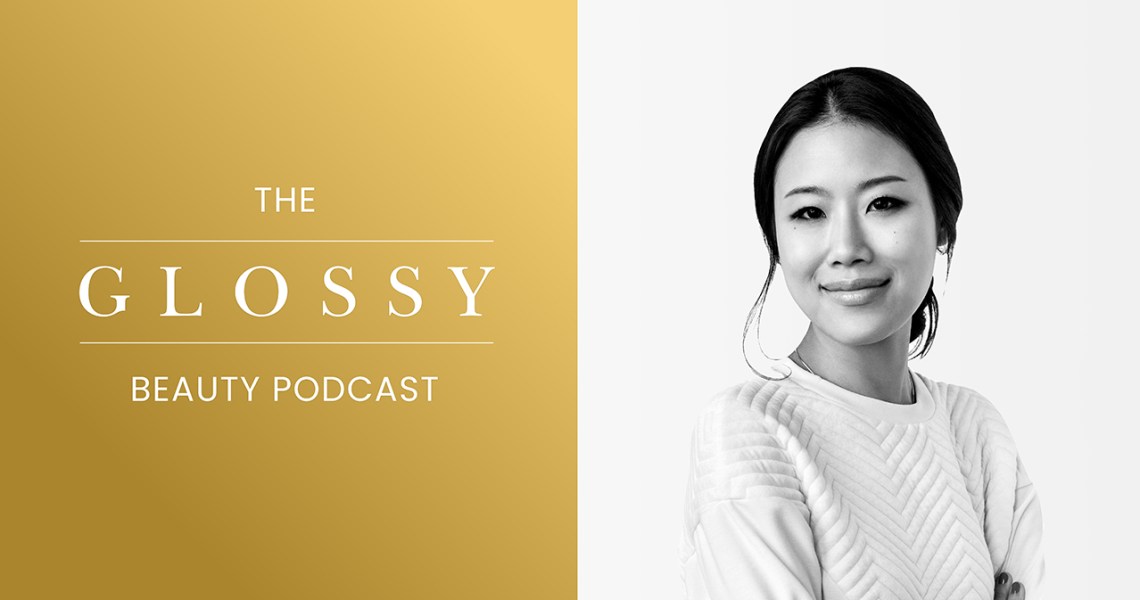Subscribe: iTunes | Stitcher | Google Play | Spotify
When Peach & Lily founder and CEO Alicia Yoon moved to the United States from Korea to attend college, she would often share her love for Korean-based beauty via products and facials. Still, she often found it difficult to find those products in the U.S. Then, in 2012, Yoon had her aha moment.
“I think, understanding that there are these incredibly innovative and advanced technologies out there in beauty, and it is just not available in an easy way in the U.S. market. That was my moment where I knew I had to start Peach & Lily to bring these products over to the U.S.”
Seven years later, Peach & Lily is largely credited with bringing Korean beauty in the U.S., both curating and creating products that feature a unique cast of ingredients and uses.
On this week’s episode of The Glossy Beauty Podcast, Yoon discussed why partnering with larger companies expanded the Korean beauty footprint, why good skin-care products take time and how Korean consumers are driving innovation. Below are excerpts from the conversation, edited for clarity.
Korean beauty’s roots are in self-care
“At its core, Korean beauty is all about achieving healthy skin. Having healthy, radiant skin is a long-held beauty ideal in Korea, and it is not actually about looking pretty; it is about self-care. So when you’re a toddler, your parents help you brush your teeth, but in Korea it was, ‘Here is how you brush your teeth, and here is how you apply lotion or SPF.’ It’s just a part of you self-care ritual.”
Ad position: web_incontent_pos1
Meeting your customers in person and online
“We definitely wanted to partner with a brick-and-mortar retailer. That omni-channel strategy is really critical for the way a brand can be introduced to the market, and the way that we can improve experience all around. On your website, you are doing all the storytelling, you are fielding all the reviews and questions, and there is just a lot more engagement you can have at scale. Then, you can take some of those insights, and actually implement that offline. In a brick-and-mortar environment, you are there talking to consumers, you can see instantly what they are reacting to, and then you can implement that in your website. That 360 [degree] experience is very synergistic, and it helps us deliver more and more of what the consumer is looking for.”
How American consumers have adapted to Korean Beauty
“I loved watching this evolution of consumers, because it felt like true education was happening. In the beginning, it was definitely more questions about what is Korean beauty, more broadly speaking. Then, a couple years into it, it was a focus on a couple of specific concerns, and how Korean beauty might deal with them. The next evolution was a lot of people really focusing on these fun hacks that would come out of Korea, like the seven skin layering method. We started seeing a lot of conversation and intrigue around these hacks, and people trying them and seeing real results. Now, we are seeing an increased deep dive into specific brands, which I think is a sign that the category is maturing.”




